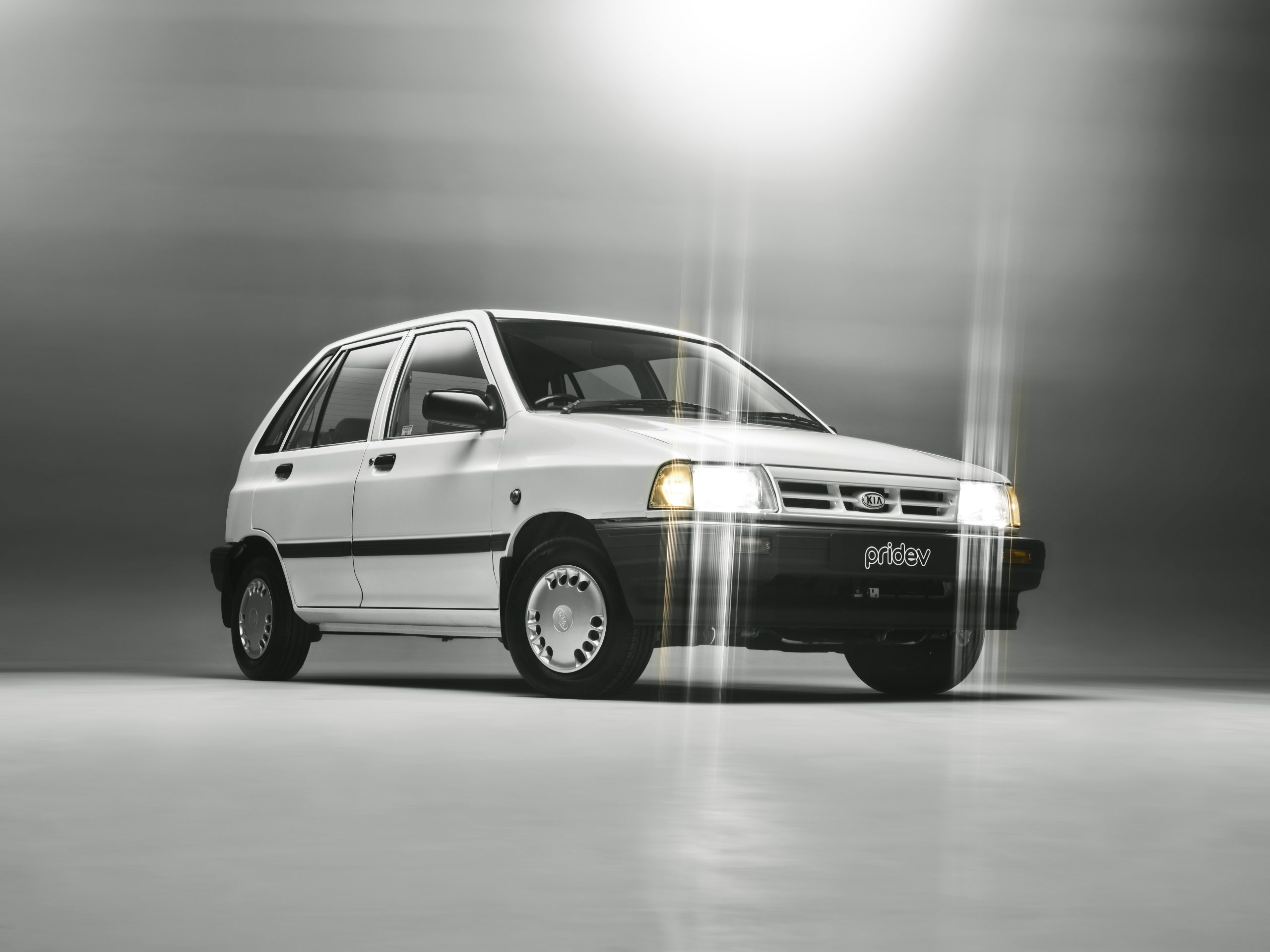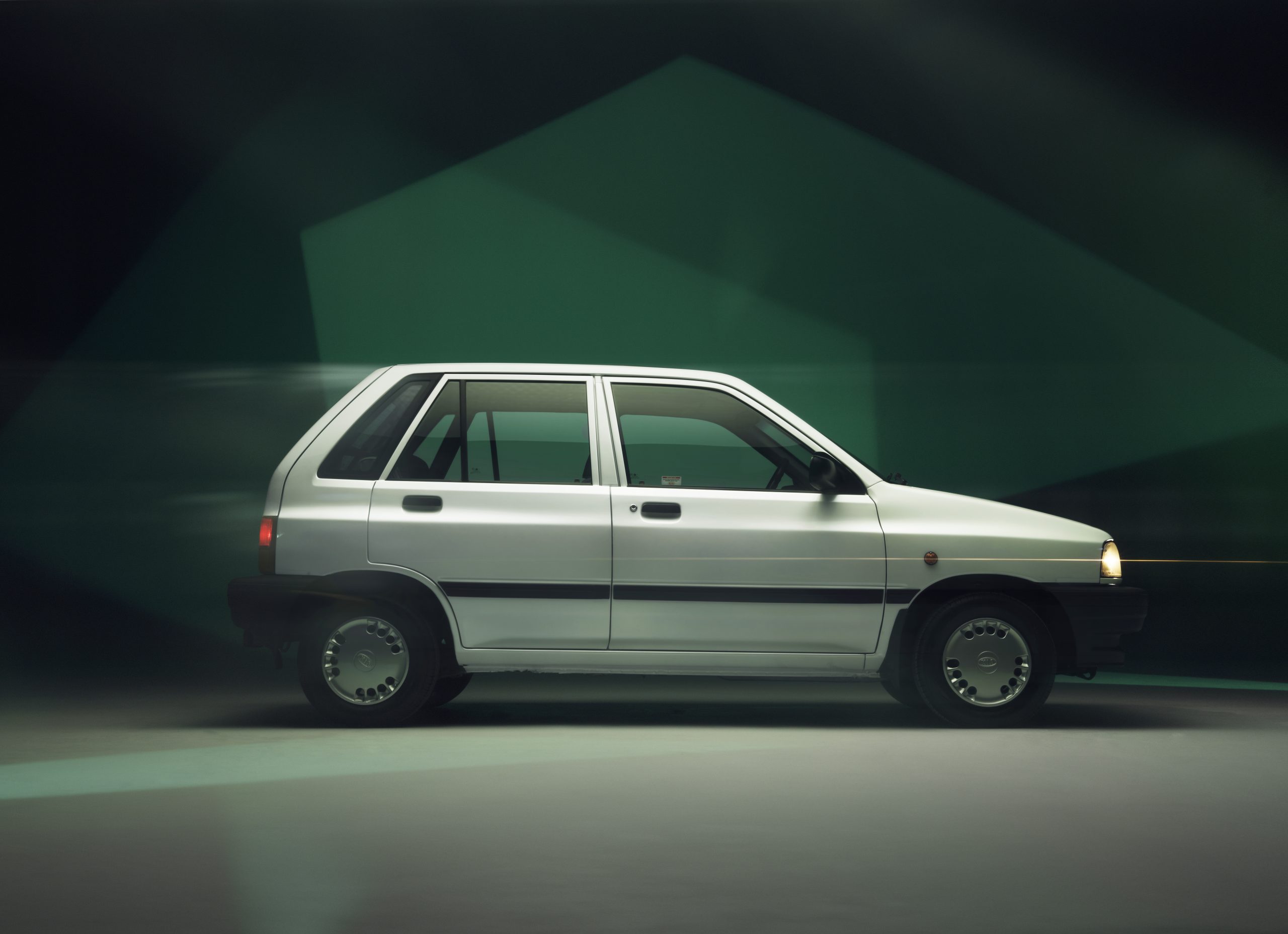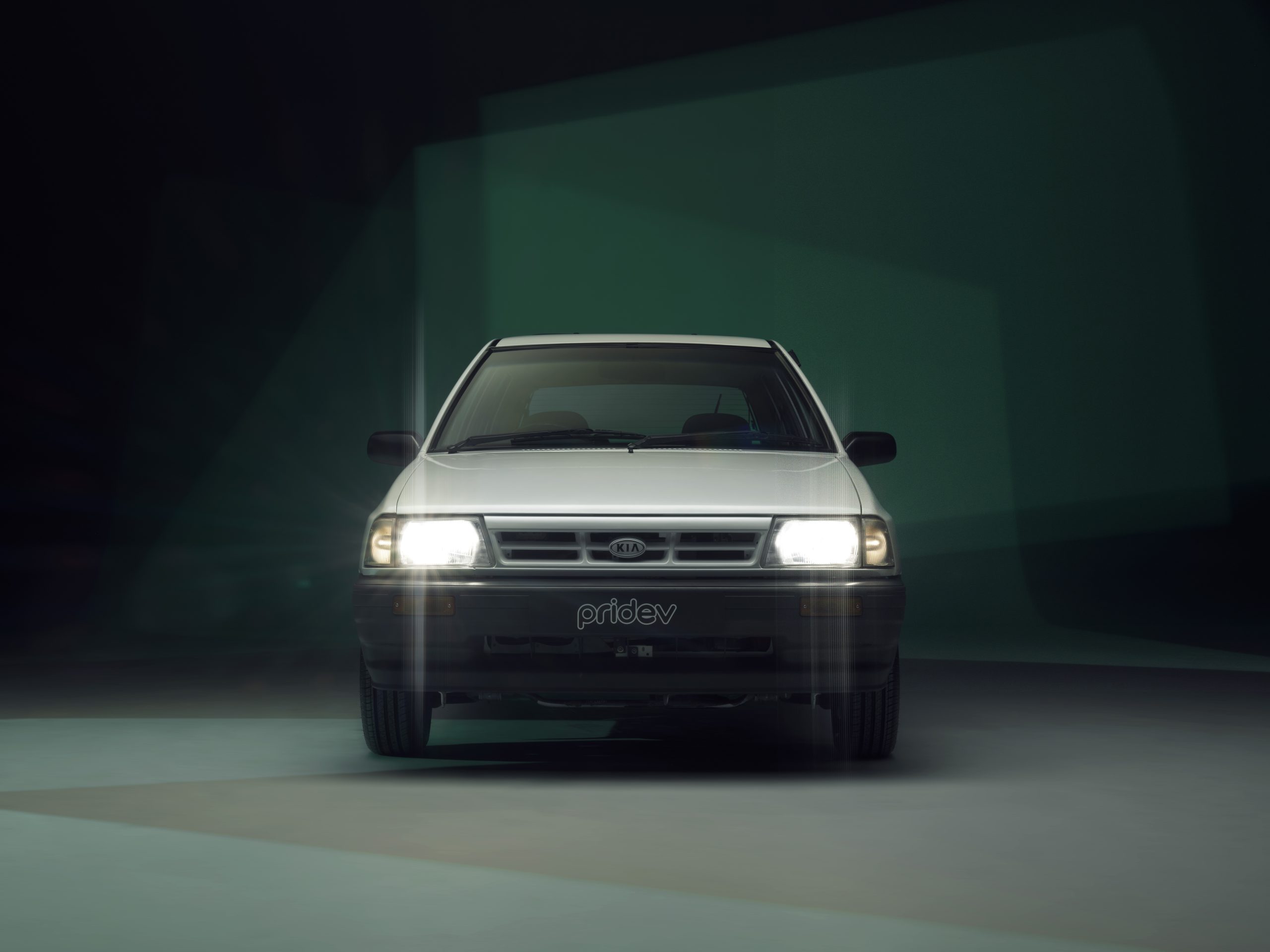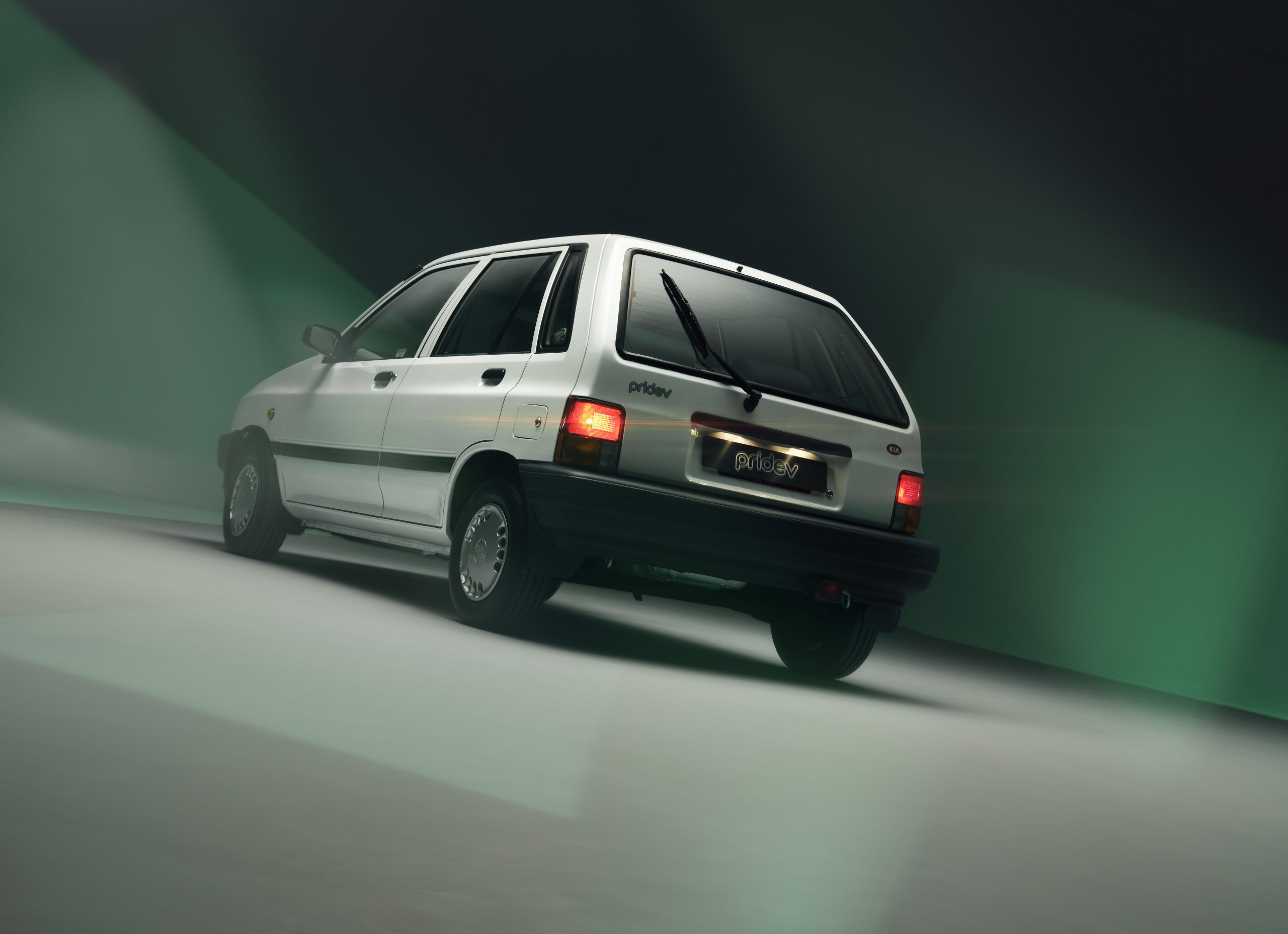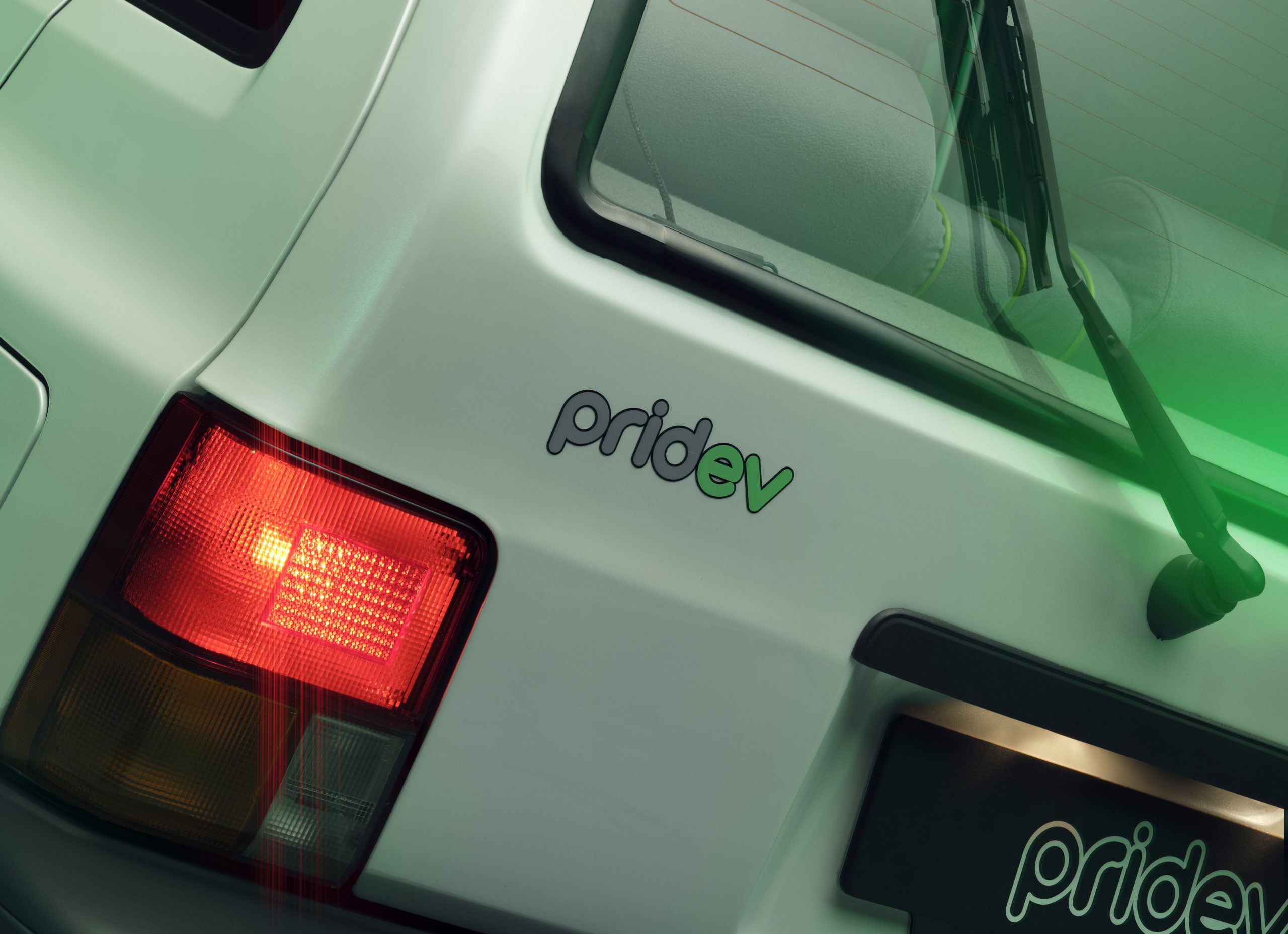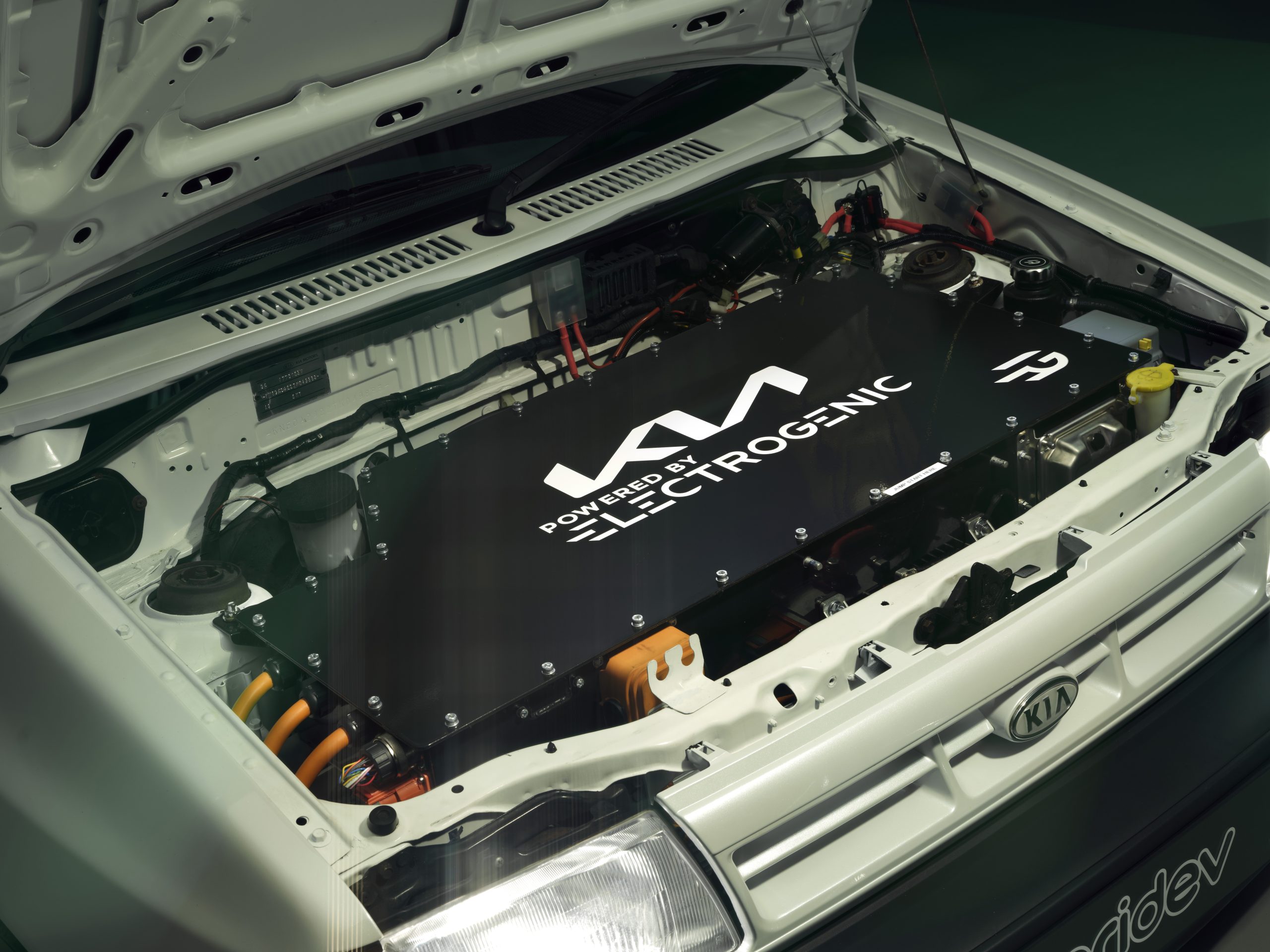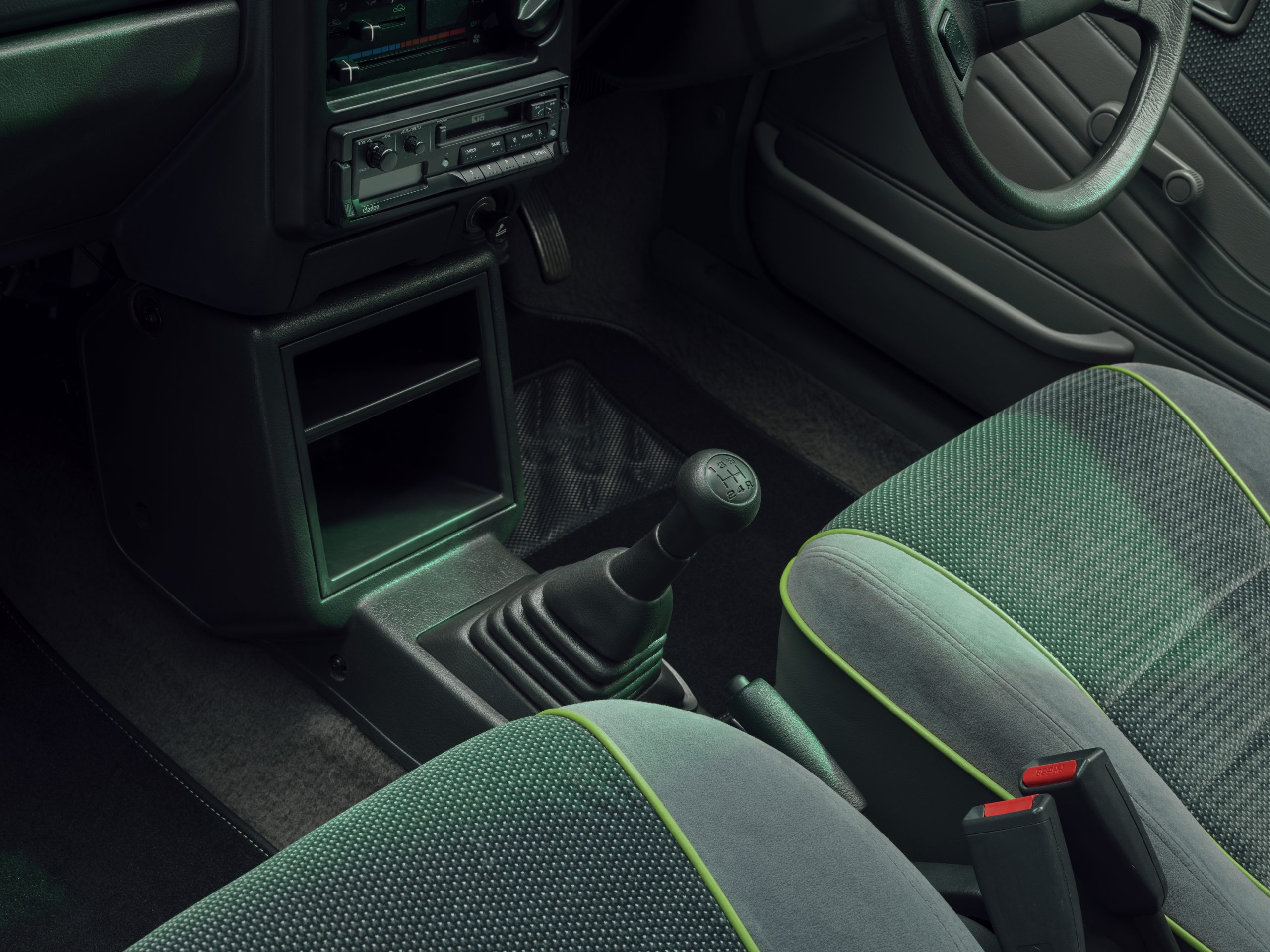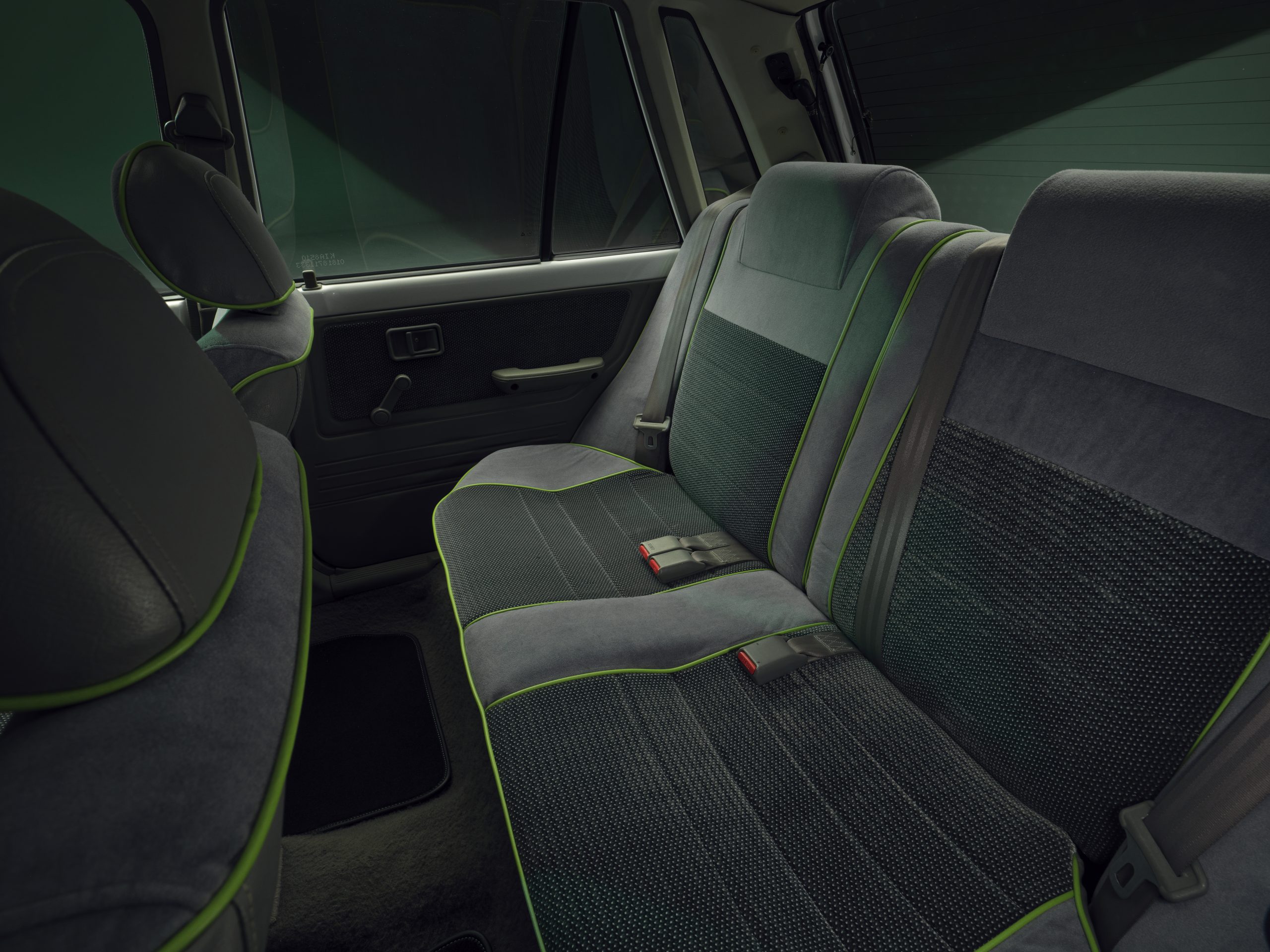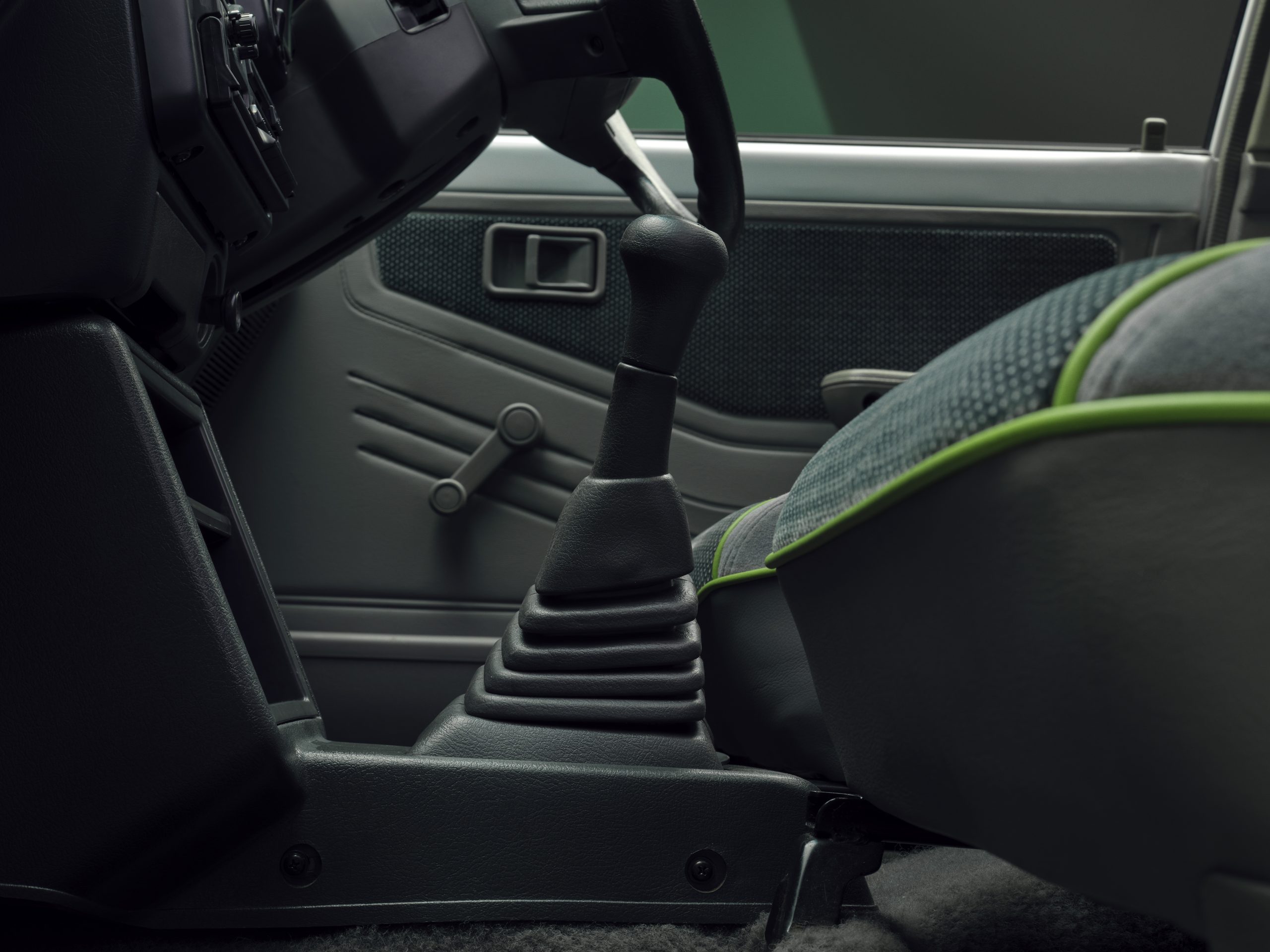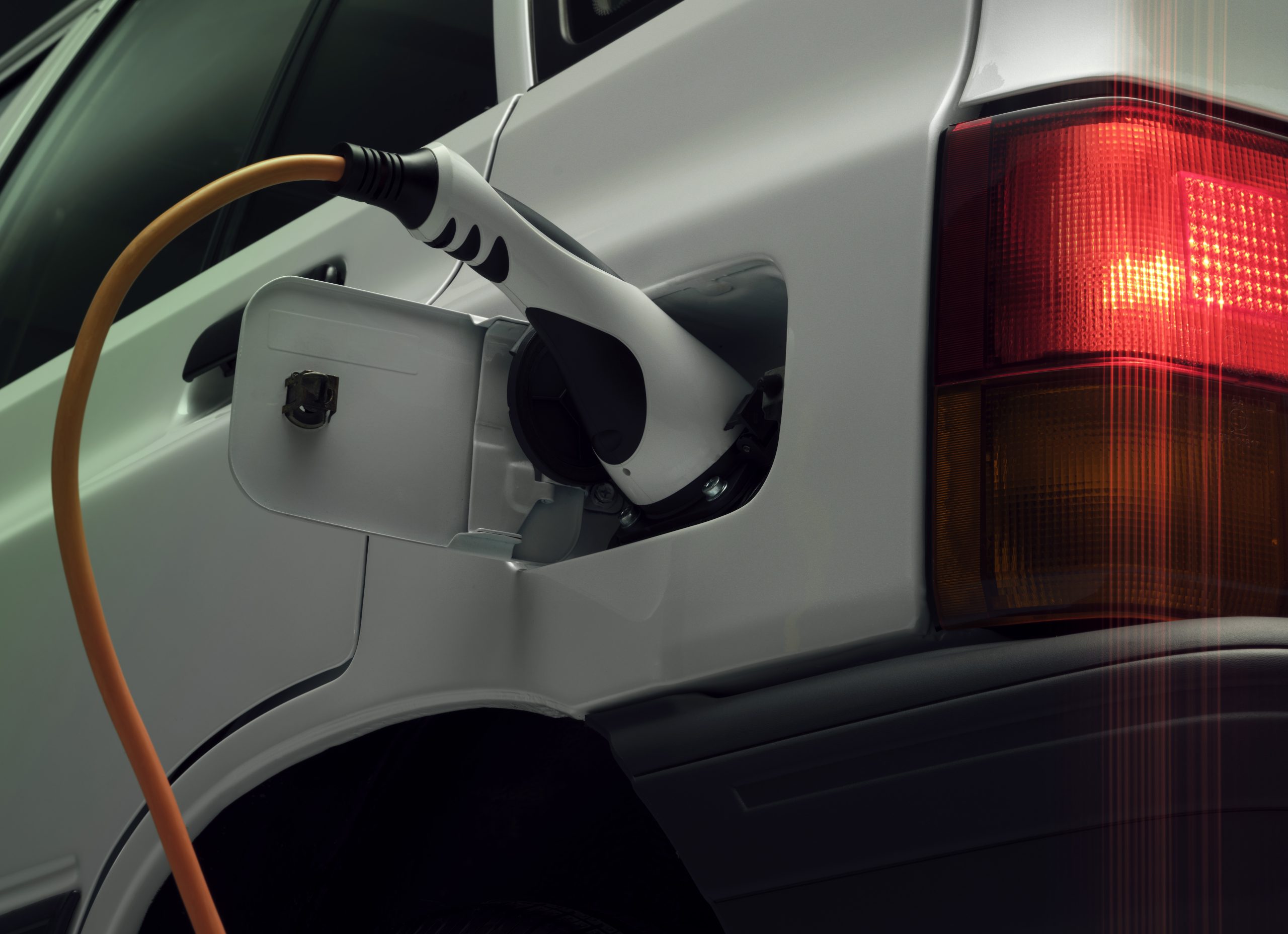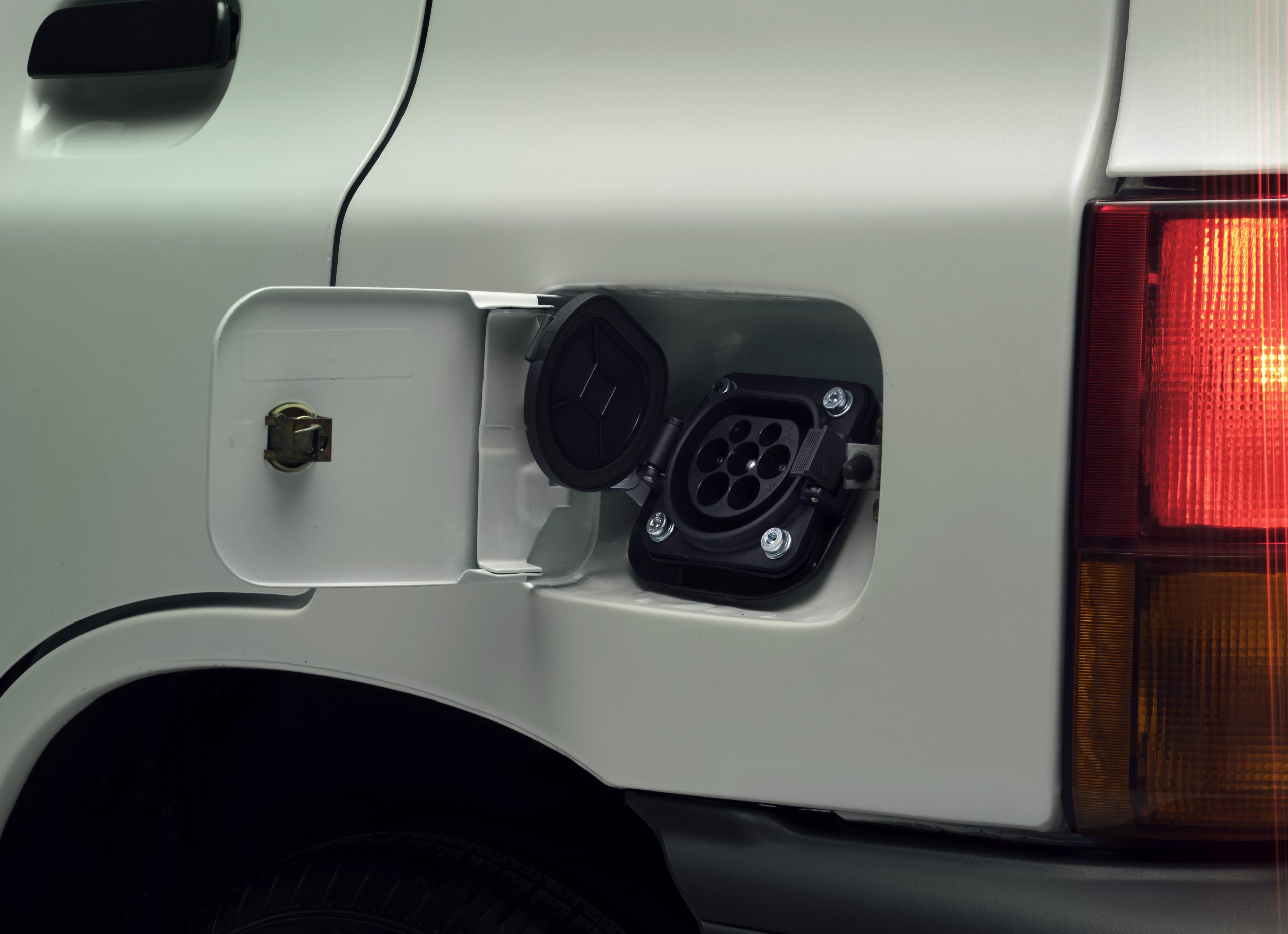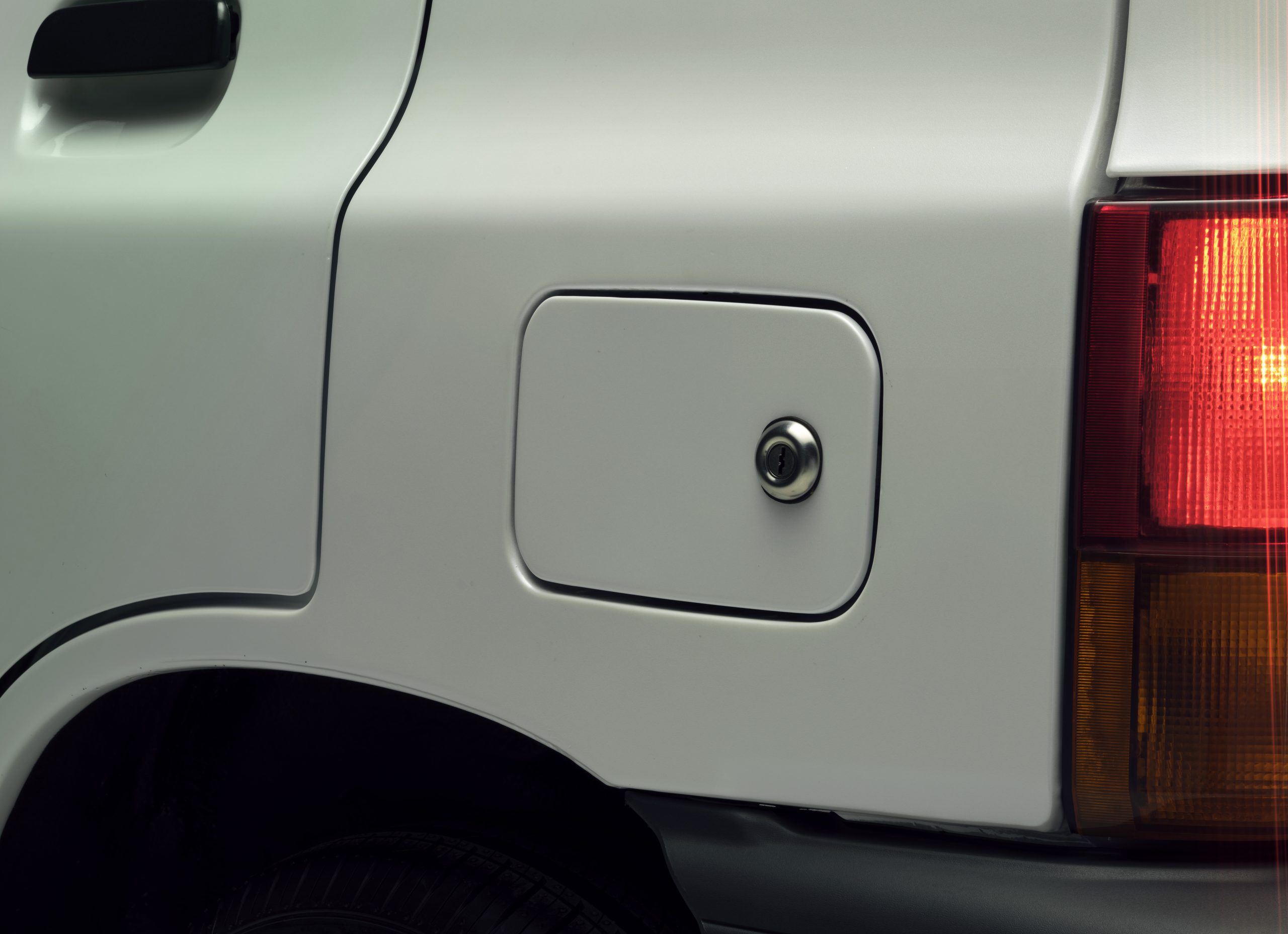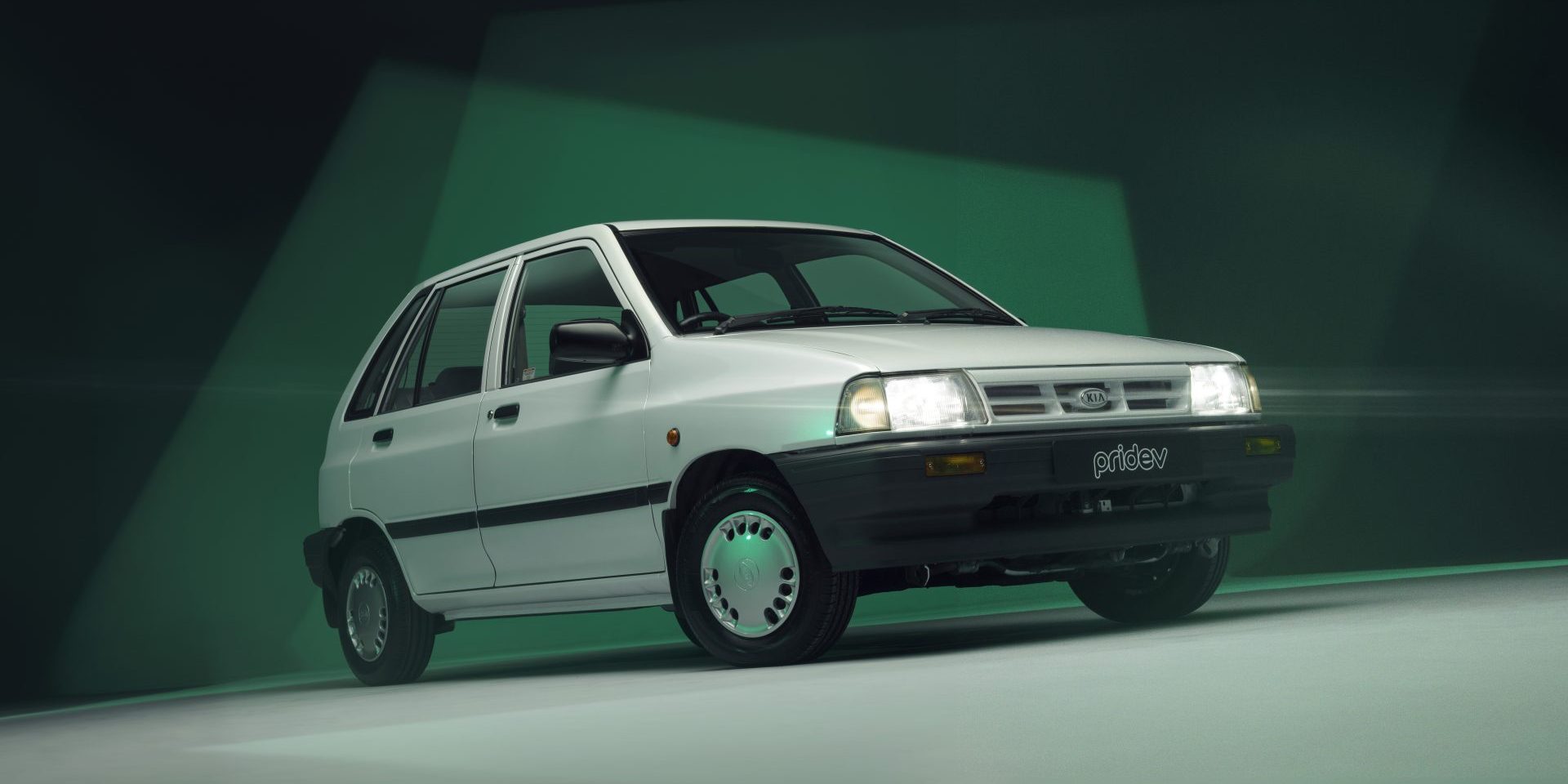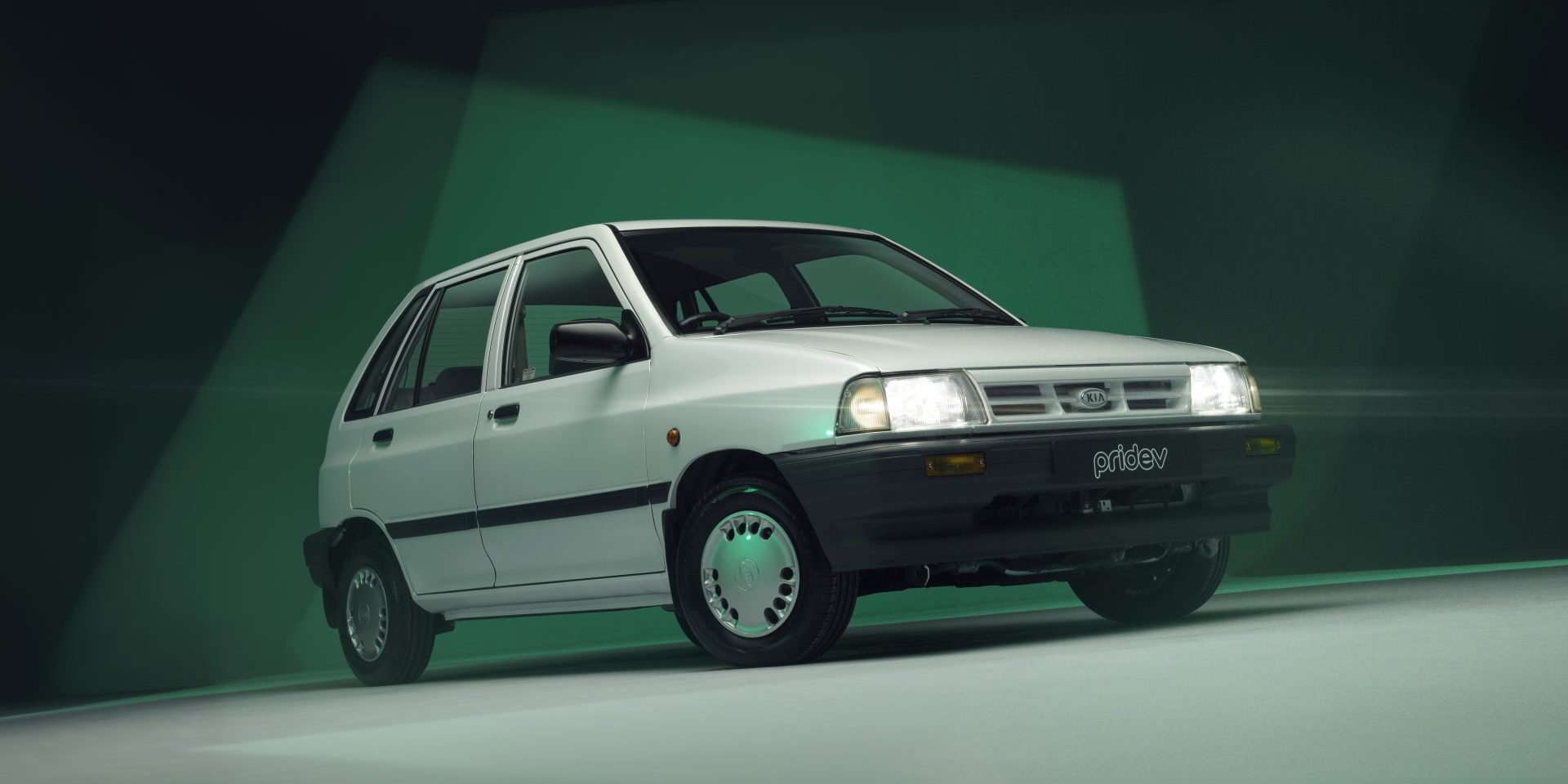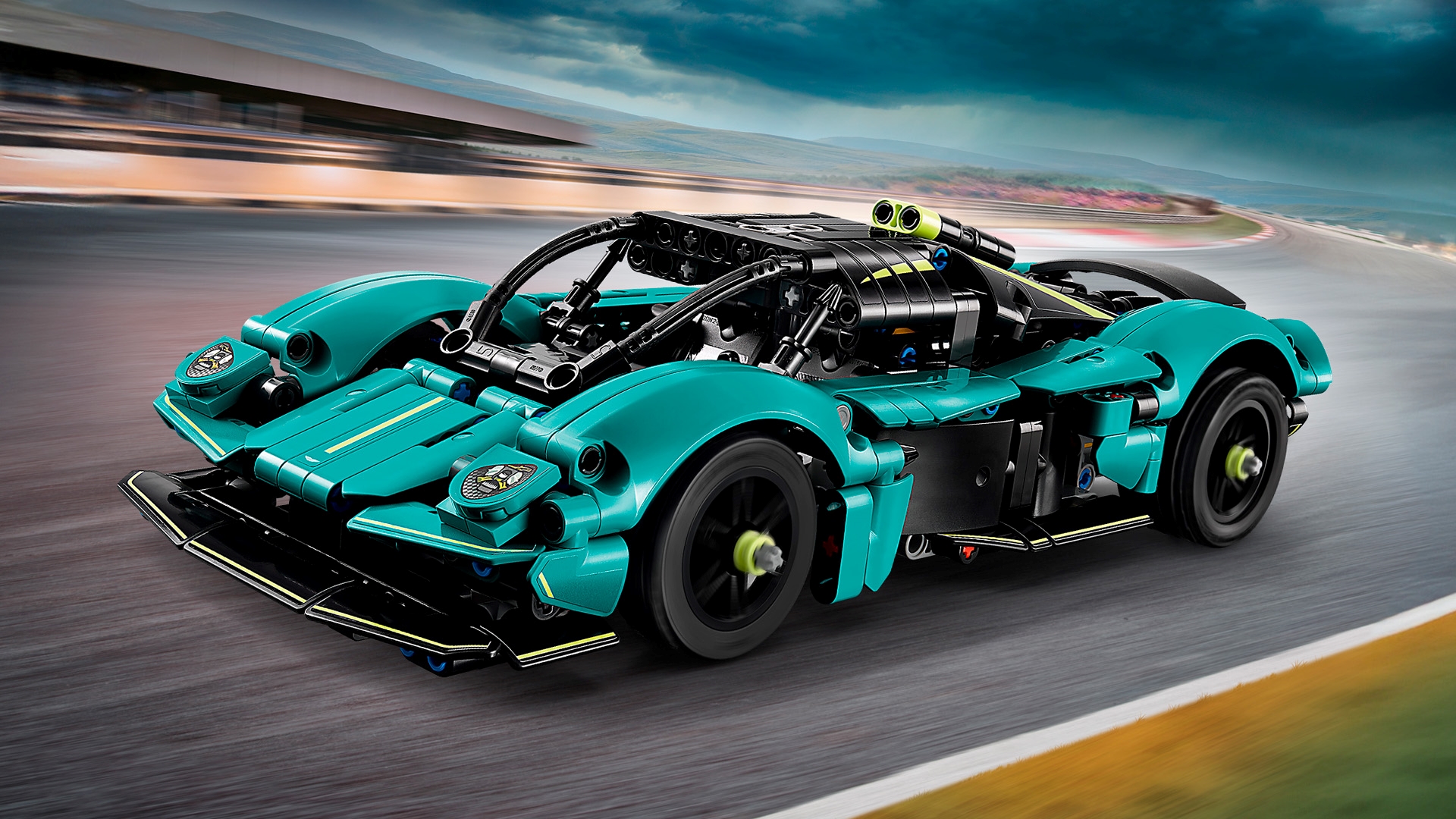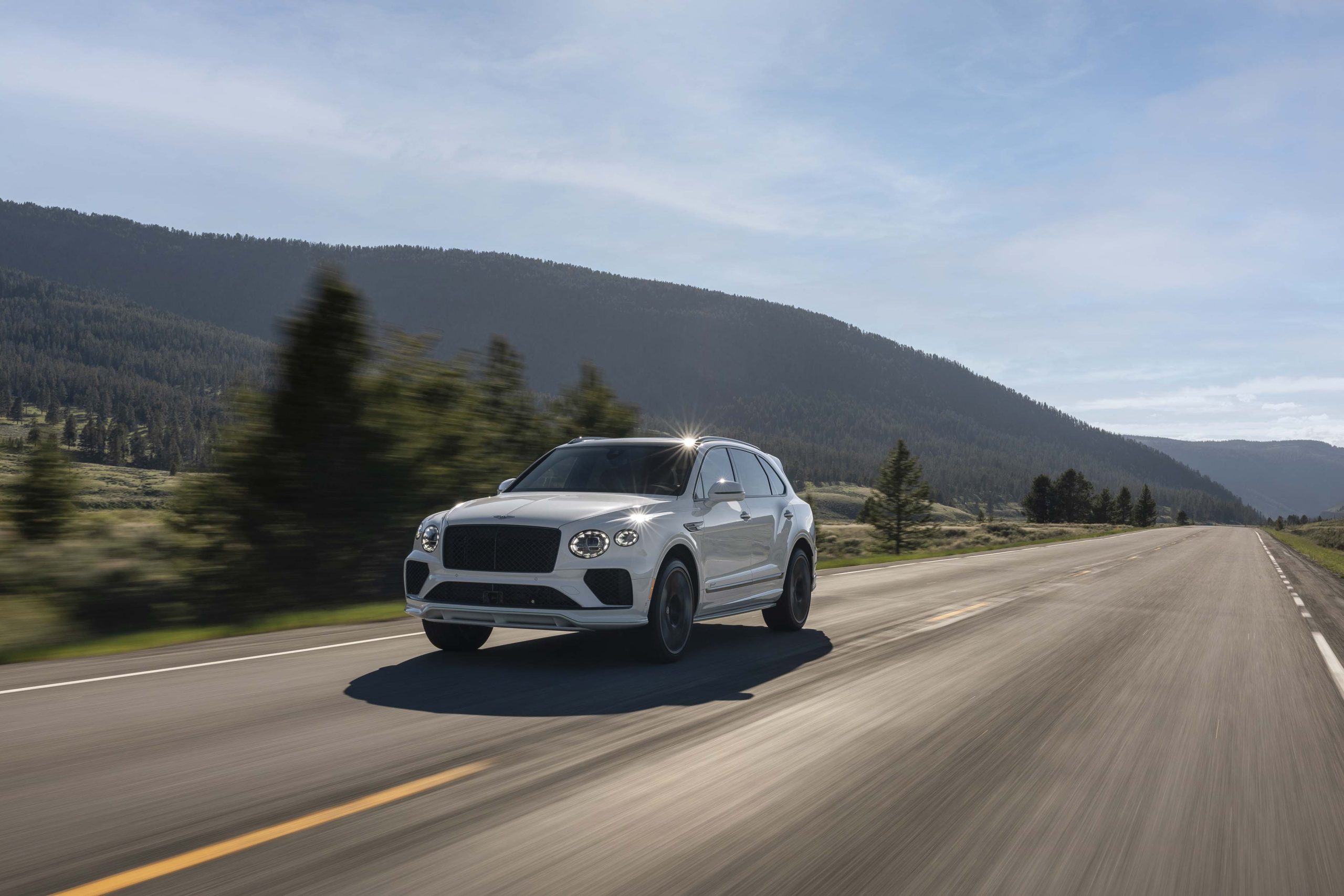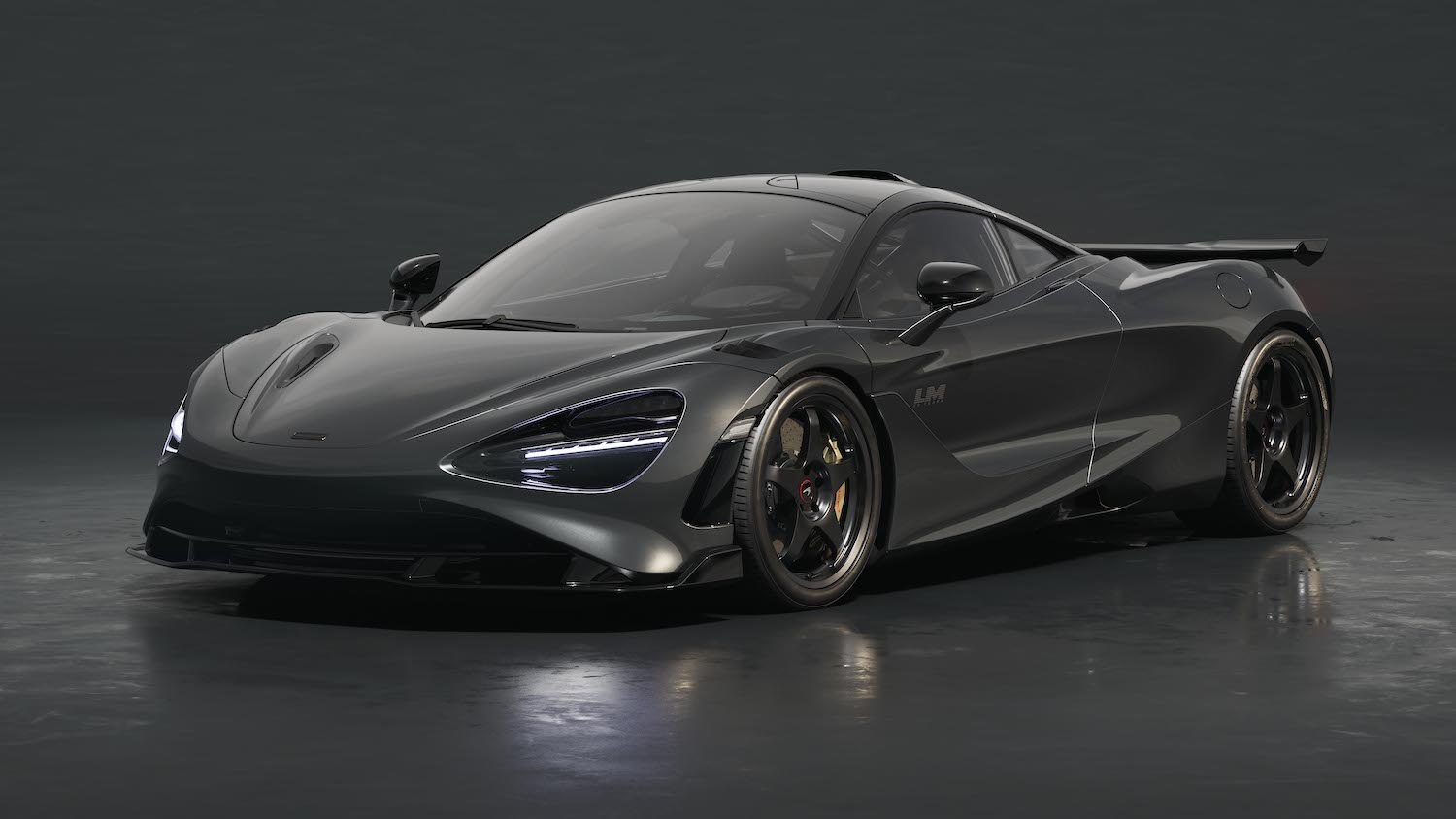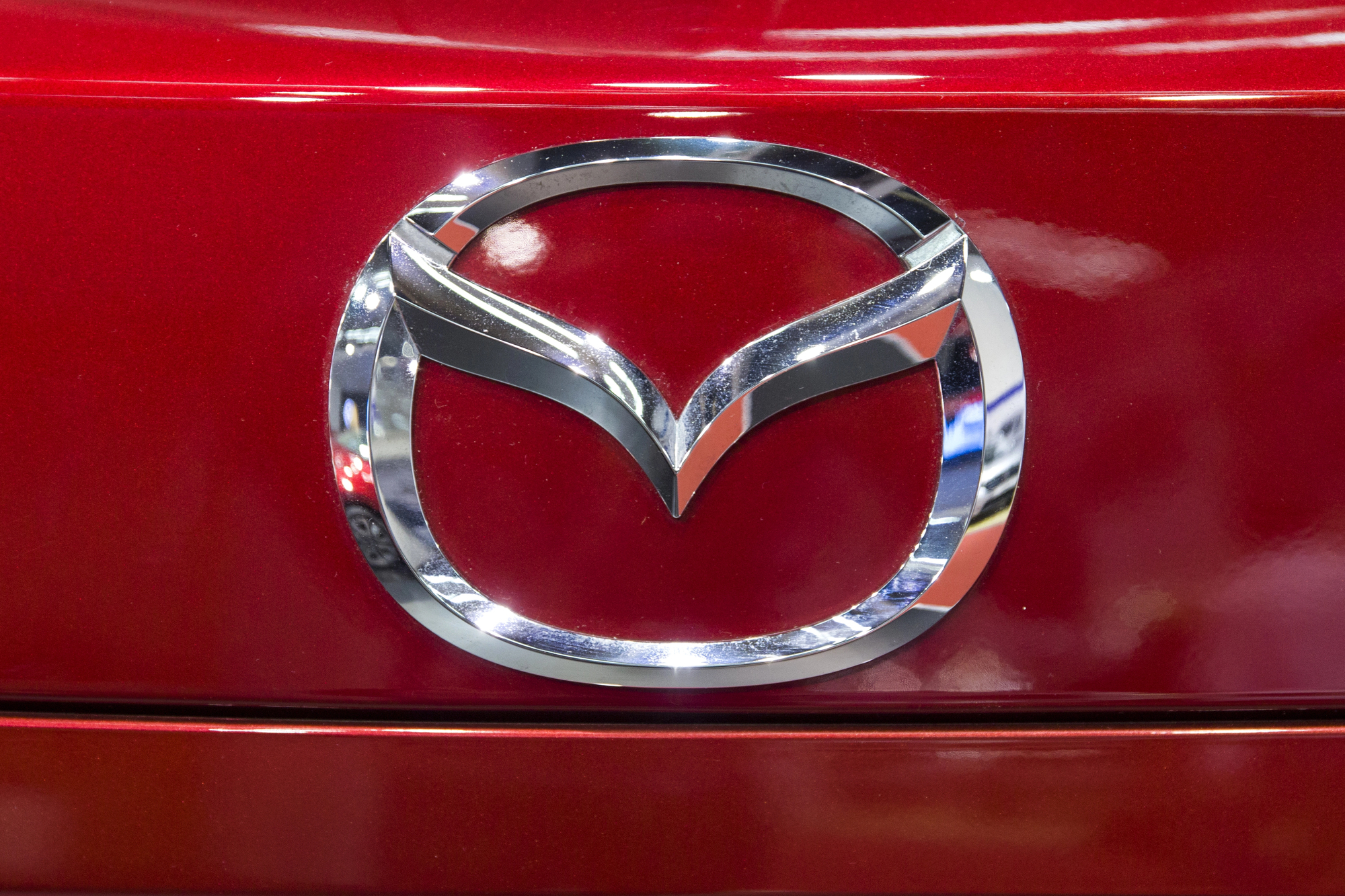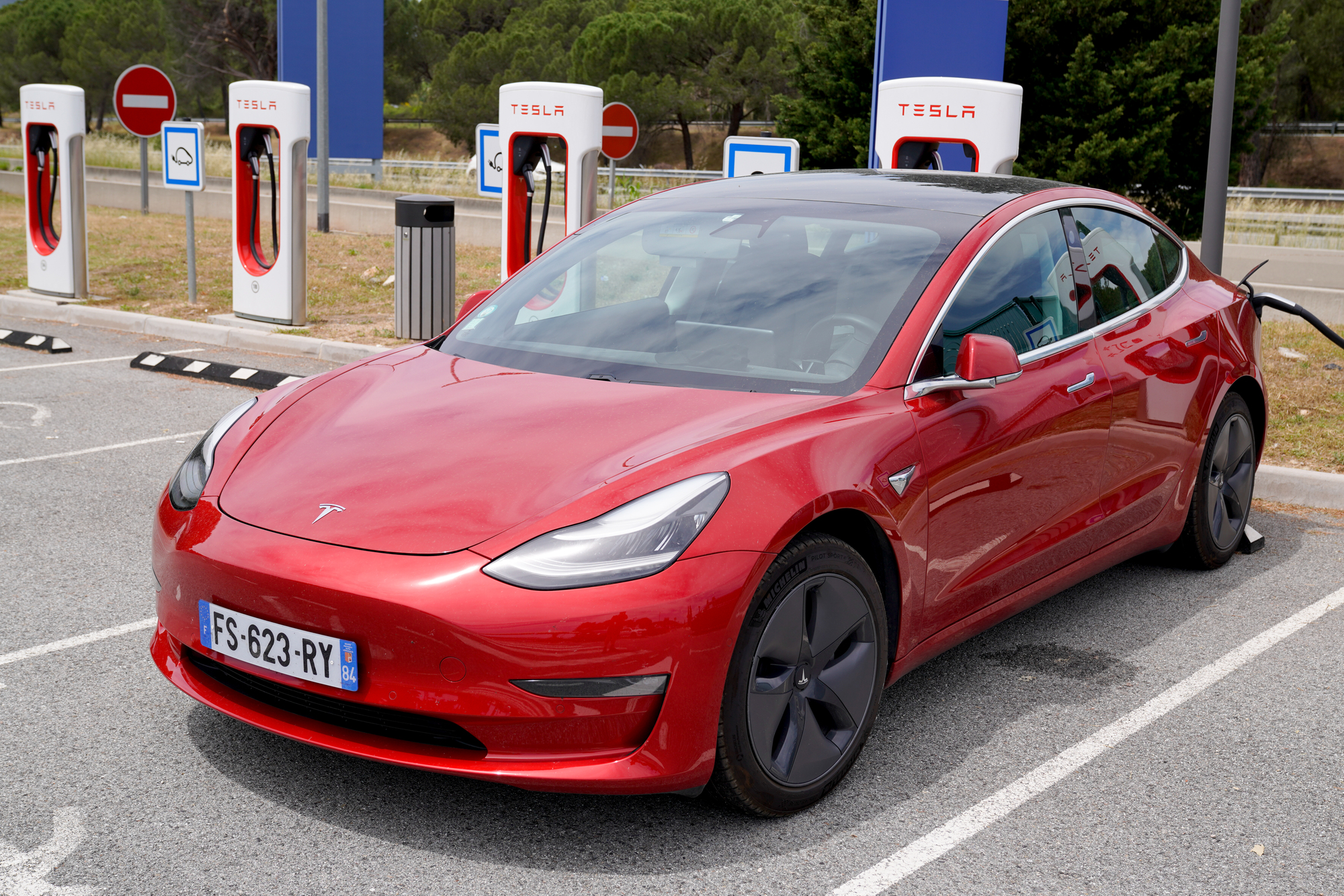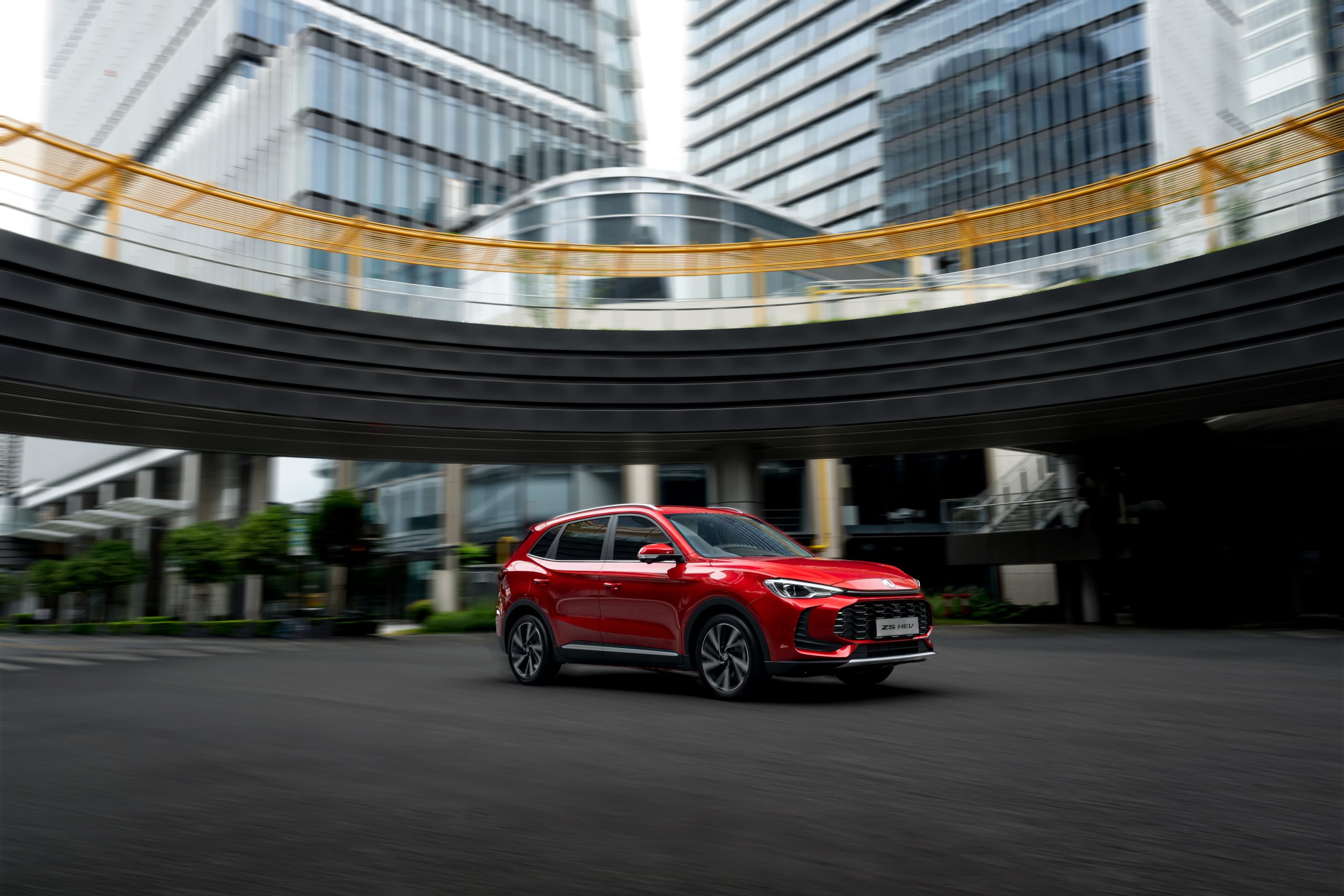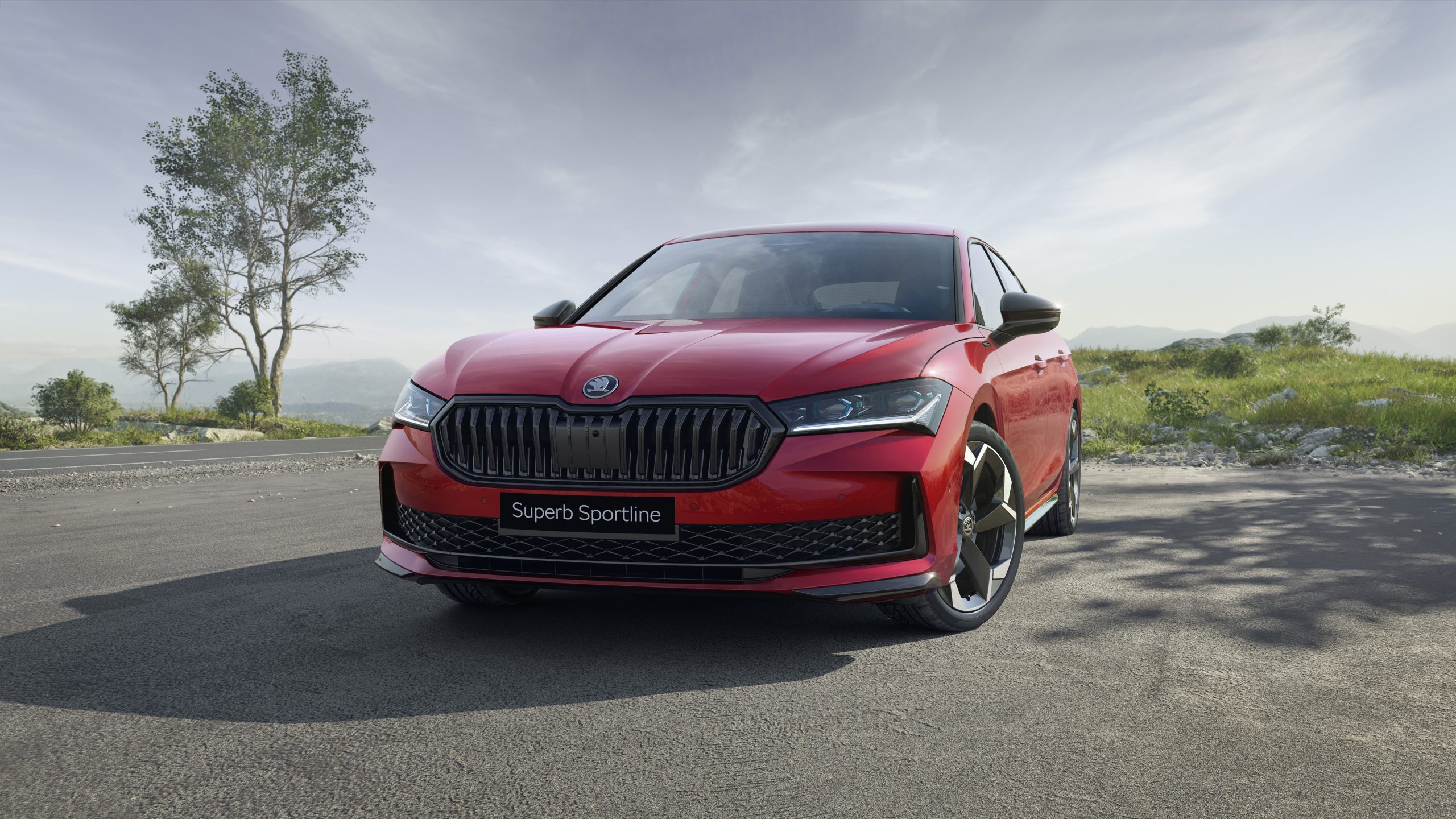Kia UK has revealed the Kia Pride EV, a unique ‘restomod’ built especially to mark the company’s 80th anniversary.
Restored, modified and unveiled for the first time at the Bicester Heritage ‘Scramble’ on 6 October, the Pride EV is a collaborative project between Kia UK and British EV powertrain and conversion specialists Electrogenic.
Pride EV: Kia UK’s upcycled birthday present to itself
The Pride EV is a unique and playful ‘restomod’ created in collaboration between Kia UK and Electrogenic, a labour of love and levity based on a 1996 Pride 1.3 LX five-door donor car from Kia UK’s heritage fleet.
The upcycled Pride EV introduces a fully electric powertrain – with high power, instantaneous torque and zero tailpipe emissions – to a car that was never created with any of these characteristics in mind. It swaps almost all of its original internal combustion components for a fully electric powertrain – with only its original five-speed manual transmission and drive shafts retained to ensure maximum driver engagement.
The conversion from petrol to electric power was carried out by hand in the UK. The Pride EV is fully road-legal and, somewhere between a curio and a plaything, intended to be as engaging to drive as an early hot hatch.
Unashamed and unabashed, the car retains its original 1980s-derived design (and its original 12-inch steel wheels and wheel covers). However, it adopts certain elements that link it to the modern Kia of 2024. Until only recently, the donor car sported its original ‘Kingfisher Blue’ exterior paint. Now the car has been stripped down and resprayed with a ‘White Pearl’ finish, as featured on the Kia EV3, EV6, EV9 and Niro EV. The front and rear lights have also been upgraded, helping to better see and be seen in all conditions.
The interior of the Pride EV remains trimmed in period-appropriate grey cloth, but now features lime green piping on the seats, and lime green stitching on the floor mats. These playful details are a direct visual link to the same lime green found throughout the interior – and on the brake callipers – of the 577bhp Kia EV6 GT.
Socket rocket: up to 77% more power, 99% more torque
The Pride EV is the most powerful of its kind ever created, a true ‘socket rocket’. The motor’s peak power output is significantly inflated over the four-cylinder 1.1- or 1.3-litre engines originally offered with the Pride.
The first step of the conversion was to remove the 1,324cc engine, 37-litre petrol tank, fuel lines and filler neck. These have been replaced with a compact electric motor, twin 10kWh battery packs, and a charging socket beneath the filler flap.
When new in 1996, the original engine produced 60bhp at 5,500rpm, and 87lb ft (118Nm) torque at 3,500 rpm. Now in its place is an electric motor, which spins at up to 8,000rpm and produces up to 107bhp (80kW) at 3,600-4,800rpm, an increase of 77.7%. In its most powerful drive mode, the Pride EV’s motor also produces a peak 173lb ft (235Nm) from 0-2,500 rpm, up 99.2%.
The new motor drives the front wheels via its original five-speed transmission, retained and re-worked by Electrogenic. This is matched with a new performance-oriented clutch kit, able to accommodate the elevated torque output of the motor. The Pride’s earlier mechanical linkage between throttle pedal and acceleration is also replaced with a new drive-by-wire system, for more immediate throttle responses.
The motor and transmission is powered by twin battery packs, totalling 20kWh in capacity. The front 10kWh battery pack is fitted under the bonnet, with the second 10kWh pack housed beneath the slightly raised boot floor.
What was once the fuel filler now houses a Type 2 charging connector, linked to a 3.3kW on-board charger. The Pride EV can be fully recharged from 1-to-100% in around six hours from a conventional plug socket or wall-mounted charger.
When driven sensibly in ‘Eco’ mode, the Pride EV is able to travel up to around 120 miles on a single charge. Driven less sensibly, or in ‘Sport’ mode, drivers can expect to see this fall somewhat.
The conversion from petrol to electric has also resulted in only a slight gain in weight for the model, with the donor car jumping from 850kg to 870kg (without driver). In addition, the distribution of the twin battery packs aids weight distribution to improve agility and balance. The 20kg additional weight is also more than offset by gains in power and performance, with the car’s power-to-weight ratio rising from 71 to 123 bhp/tonne in ‘Sport’ mode – similar to that of various petrol-powered hot hatches from the 1970s and 1980s.
The Pride EV retains its original analogue instrument binnacle for maximum clarity, with its manual-needle speedometer and tachometer working ‘just like the good old days’. It also keeps its fuel level dial, adapted instead to show the battery’s current state of charge. This has been made possible thanks to Electrogenic’s proprietary ‘DCU’ electronics package.
Three driving modes: ‘Eco’, ‘Sport’ and ‘Auto’
While the Pride EV offers a peak power output of 107bhp, Electrogenic’s proprietary software also enables it to follow Kia’s more recent trend of offering different drive modes for different conditions. Drivers can shift between the three driving modes using a new switch located next to the instrument binnacle: ‘Eco’, ‘Sport’ and ‘Auto’.
In its default ‘Eco’ setting, the Pride EV produces 60bhp (45kW), similar to the petrol unit that previously occupied its engine bay. ‘Eco’ mode is ideal for maximising the car’s range. Motor torque is limited to 87lb ft (118Nm) in this mode, around half of the motor’s potential maximum – and identical to the torque produced by the original 1.3-litre engine. However, with this torque available from the moment the driver pushes the accelerator, the Pride EV in ‘Eco’ mode exhibits more spritely acceleration at lower speeds. In this mode, the car is capable of accelerating from 0-to-62mph in a similar time to the 11.8 seconds claimed when powered by its original 1.3-litre petrol engine. Torque and power build in a smooth manner when the driver pushes the accelerator, making it smooth, relaxed and perfect for efficient day-to-day driving.
The Pride EV is not a ‘day-to-day’ kind of Pride, however. Turning the dial to ‘Sport’ mode boosts the Pride EV’s power and torque to its maximum 107bhp (80kW) and 173lb ft (235Nm), respectively. Furthermore, the motor has been tuned to provide this power and torque more urgently than in ‘Eco’ mode. This enables the car to accelerate from 0-to-62mph in an estimated 8 seconds, making ‘Sport’ ideal for overtaking in the right conditions, or lunching the car’s front tyres in the wrong ones. Neither of these capabilities will be remotely familiar to anyone who has ever driven an original Kia Pride, the latter being briefly shocking and enormous fun.
Both ‘Eco’ and ‘Sport’ modes feature minimal regenerative braking, matching the character of its manual transmission. The car has been tuned instead to decelerate only slightly when the driver lifts off the accelerator pedal, aping the in-gear engine braking that drivers will be familiar with when driving a petrol or diesel car.
A third mode, ‘Auto’, enables the Pride EV to behave more like a conventional electric vehicle. The driver activates ‘Auto’ mode by pushing the clutch pedal, shifting the gear lever into third, then pushing the drive mode switch to ‘Auto’. Smooth, progressive acceleration is the name of the game in ‘Auto’ mode, with slightly more pronounced regenerative braking programmed in at the same time. Power and torque are set at 75% of the motor’s maximum (80bhp / 60kW and 130lb ft / 176 Nm, respectively), and the top speed is limited slightly (due to gearbox ratio, motor rpm limits, and other factors). ‘Auto’ mode is therefore perfect for mooching around town, tackling stop-start traffic, and nipping into slightly improbable gaps when entering roundabouts.
Kia UK will independently confirm the Pride EV’s acceleration and performance statistics (in all three drive modes) later in 2024.
Converted in the UK, using high-tech production methods
The Pride EV is the result of an advanced and highly bespoke set of design and manufacturing methods. While the donor car was built on a production line at Gwangmyeong in South Korea almost 30 years ago, the conversion to turn it into a Pride EV was completed at Electrogenic’s facility in Kidlington in Oxfordshire, UK.
Electrogenic designs and manufactures EV powertrains for a range of customers including defence, using the latest technology. Electrogenic laser-scanned the Pride, before CAD modelling the battery and control systems and employing a range of modern production techniques, including laser cutting, CNC folding, 3D printing and advanced insulation coating. New electronic technology introduced into the Pride includes Electrogenic’s proprietary vehicle control software, and their in-house designed ‘DCU’ electronics to control the original Pride dashboard.
As with all Electrogenic conversions, the original structure of the Pride has been entirely preserved; nothing is cut, and all modifications are entirely reversible.
Kia UK’s third unique creation
The Pride EV is the third ‘one-off’ car that Kia UK has created in recent years, following in the footsteps of two unique and radically different vehicles.
The first of these was the all-powerful Stinger ‘GT420’, a tuned-up, stripped-down track car created in 2019 to show off the performance potential of Kia’s 3.3-litre twin-turbo grand tourer.
The second was an upcycled Soul EV beach buggy, reimagined for surfers. The car was fitted with a custom surfboard rack, a wooden-decked interior, and a beach bench which folded out of the open tailgate. It also boasted ‘rally raid’ style elevated suspension and chunky tyres for tackling the sand.
80 years of Kia
Kyungsung Precision Industry was first established in 1944 as a bicycle components manufacturer. The company was renamed Kia Industries in 1952, the same year it turned to producing pedal bicycles.
Kia’s first motorised vehicle arrived in 1962, the K-360, a three-wheeled light truck produced under licence in Korea. The company’s first passenger car, the Kia Brisa, was introduced in 1974. The company first imported vehicles into the UK in 1991, starting with the Pride and soon followed by other vehicles, including the ever-popular Sportage. Since then, Kia has continued to develop and grow into the global manufacturer it is today, with around three million global sales each year in markets all around the world.
Electrification leadership: Kia’s future outlined
In the company’s 80th year, Kia is now a firm favourite among buyers all around the world and recognised as a leader in electrification. Kia’s current range of EVs includes the award-winning EV6, EV9 and Niro EV, with the EV3 due to arrive on UK shores before the end of 2024.
Globally, Kia will offer a range of 15 EV models by 2027 as part of its ‘Plan S’ strategy, nine of which will be on-sale in the UK. The Pride EV restomod is not one of them.
